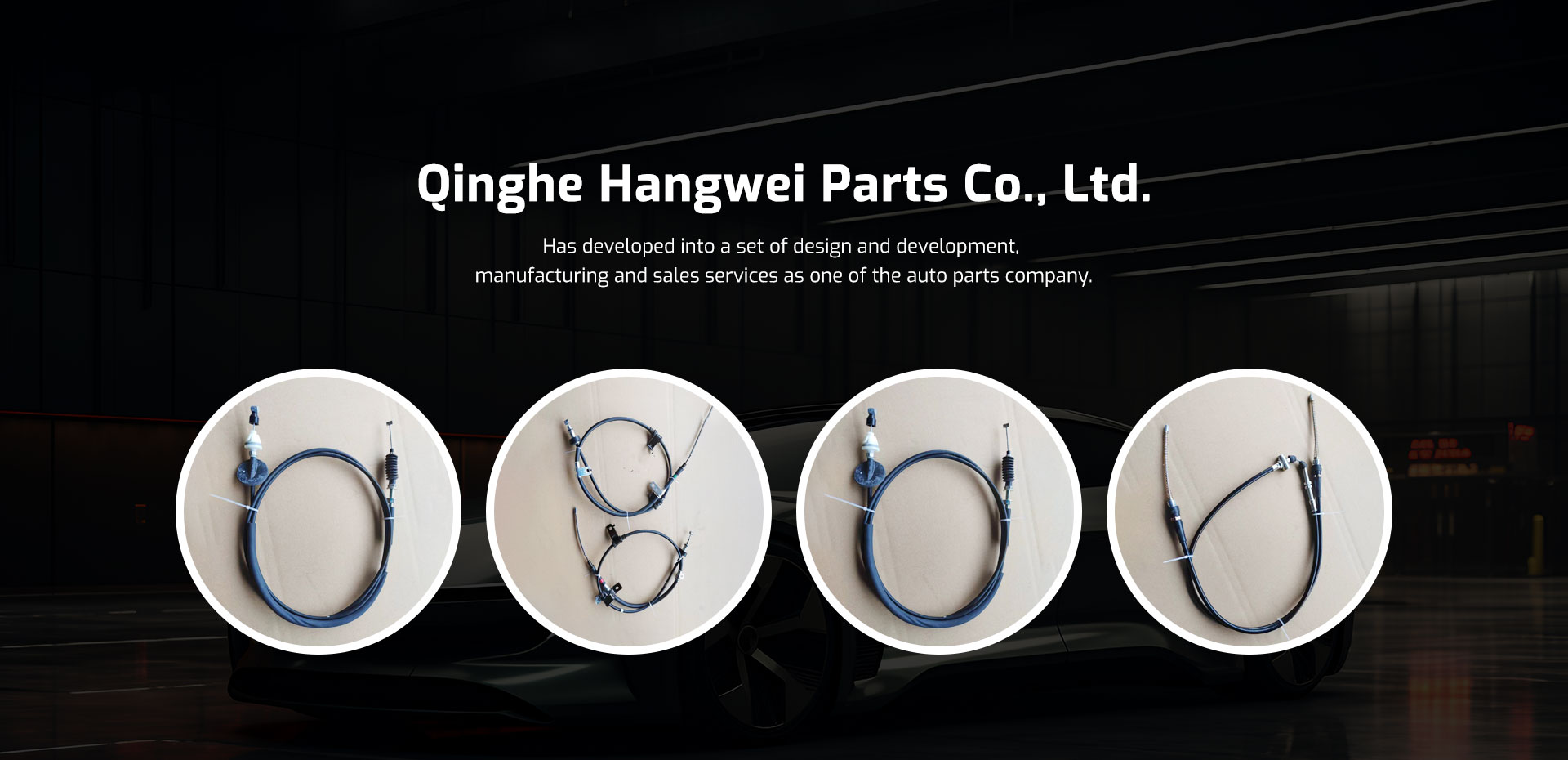Understanding Gear Shift Cable Functions and Maintenance for Smooth Vehicle Performance
Understanding Gear Shift Cables The Unsung Heroes of Vehicle Performance
In the intricate world of automotive engineering, gear shift cables play a pivotal role that often goes unnoticed. These cables are essential components in vehicles, responsible for connecting the gear shifter to the transmission system. Without them, shifting gears smoothly and efficiently would be practically impossible. This article will explore the function, construction, maintenance, and importance of gear shift cables.
Function of Gear Shift Cables
At its core, the primary role of a gear shift cable is to facilitate the driver's input from the gear shifter to the transmission. When a driver moves the gear lever, the cable transmits that motion to the transmission assembly, allowing the vehicle to shift gears. This process is critical for ensuring that the engine operates within its optimal RPM range, thereby maximizing fuel efficiency and performance.
Modern vehicles may use either mechanical or electronic shift systems. In mechanical systems, the gear shift cable acts directly to pull or push the transmission into the correct gear. In contrast, electronic systems rely on sensors and electronic signals; however, they often still utilize cables for certain functions, especially in hybrid systems or more traditional automatics. Regardless of the system, the integrity of the gear shift cable is crucial for reliable operation.
Construction of Gear Shift Cables
Gear shift cables are relatively simple in design but require precise engineering to ensure robustness and longevity. Typically, a gear shift cable consists of an outer casing and an inner wire. The outer casing is usually made of a durable polymer or steel, designed to withstand environmental factors such as heat, moisture, and abrasion. The inner wire is often made of high-strength steel and is finely braided to provide flexibility while resisting stretching and fatigue over time.
gear shift cable

Additionally, various protective covers, connectors, and anchors are integrated into the cable’s design to enhance durability and performance. Given the significant stress placed on these cables during operation, any wear or damage can lead to malfunctioning.
Maintenance and Common Issues
Maintenance of gear shift cables is relatively straightforward but critical for ensuring optimal vehicle performance. Regular inspections can help identify signs of wear, fraying, or corrosion. Drivers should be attentive to changes in their vehicle’s shifting behavior; for instance, if the gears are harder to engage or there is a noticeable delay in responses, it may indicate an issue with the shift cable.
Common issues include cable stretching, rusting, or binding due to contamination. In many cases, if identified early, these problems can be resolved through lubrication or minor adjustments. However, if a cable is too damaged, replacement may be the only viable solution. Fortunately, gear shift cables are typically affordable and relatively easy to replace, making them a low-hassle part of standard vehicle maintenance.
Importance of Gear Shift Cables
The significance of gear shift cables cannot be overstated. They are integral to the driving experience, directly impacting performance, safety, and comfort. A well-maintained gear shift cable contributes to smooth gear transitions, ultimately enhancing the overall driving experience. Conversely, a faulty cable can lead to gear slippage or complete loss of shifting capability, which can pose significant risks on the road.
In summary, gear shift cables, while often overlooked, are essential components that ensure the seamless operation of a vehicle’s transmission system. Understanding their function, construction, and maintenance can help vehicle owners appreciate these unsung heroes of automotive engineering and recognize the importance of regular checks and maintenance to avoid breakdowns and preserve vehicle performance. So, the next time you shift gears, take a moment to appreciate the vital role that gear shift cables play in your vehicle's operation.
-
Workings of Clutch Pipe and Hose SystemsNewsJun.04,2025
-
The Inner Workings of Hand Brake Cable SystemsNewsJun.04,2025
-
The Secrets of Throttle and Accelerator CablesNewsJun.04,2025
-
The Hidden Lifeline of Your Transmission Gear Shift CablesNewsJun.04,2025
-
Demystifying Gear Cables and Shift LinkagesNewsJun.04,2025
-
Decoding Clutch Line Systems A Comprehensive GuideNewsJun.04,2025
